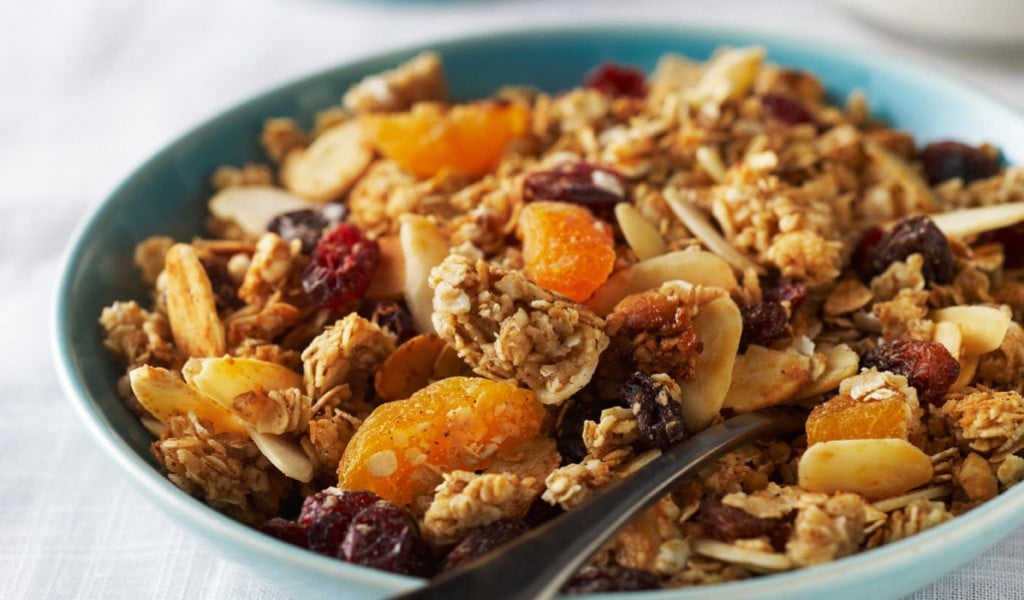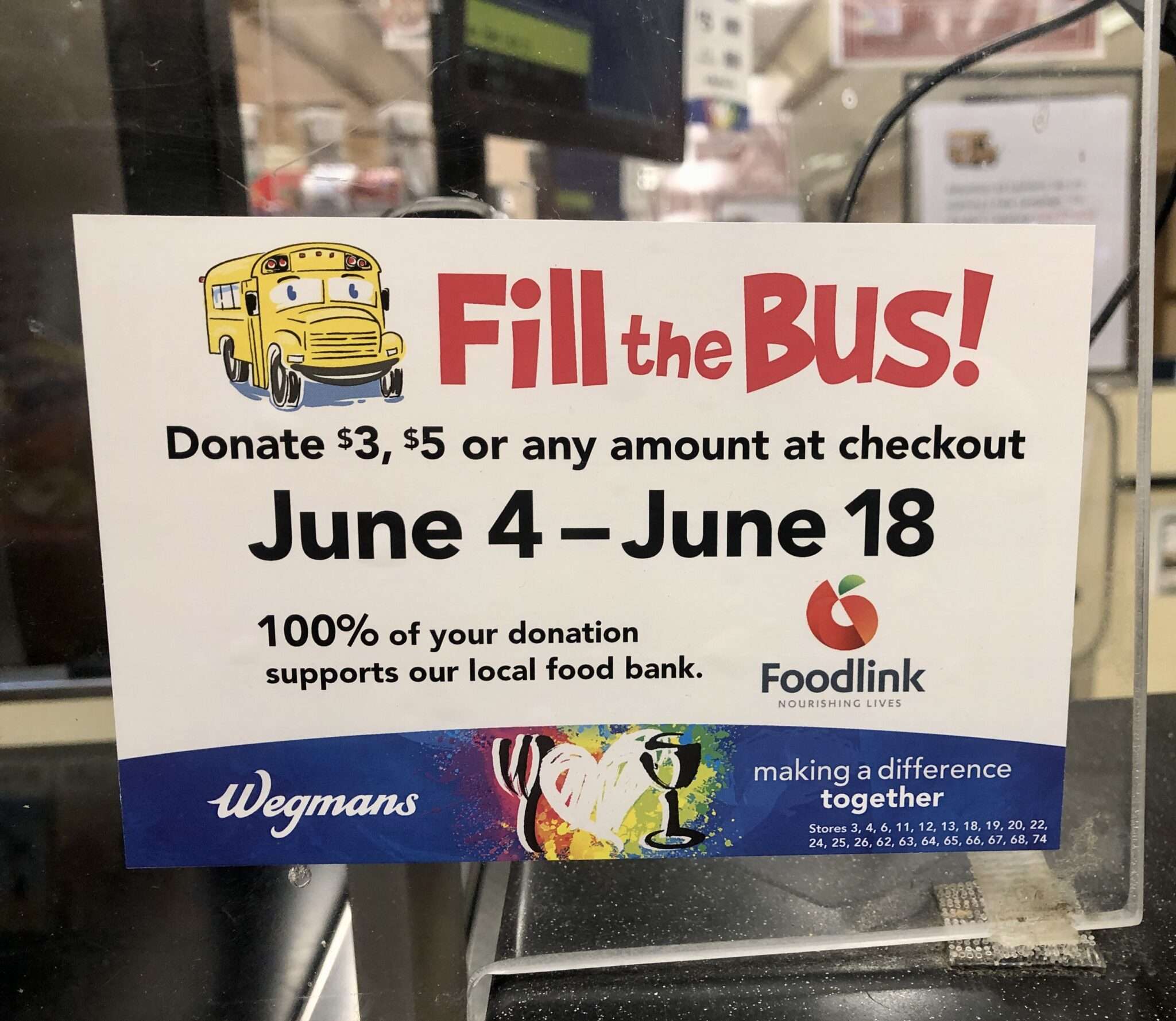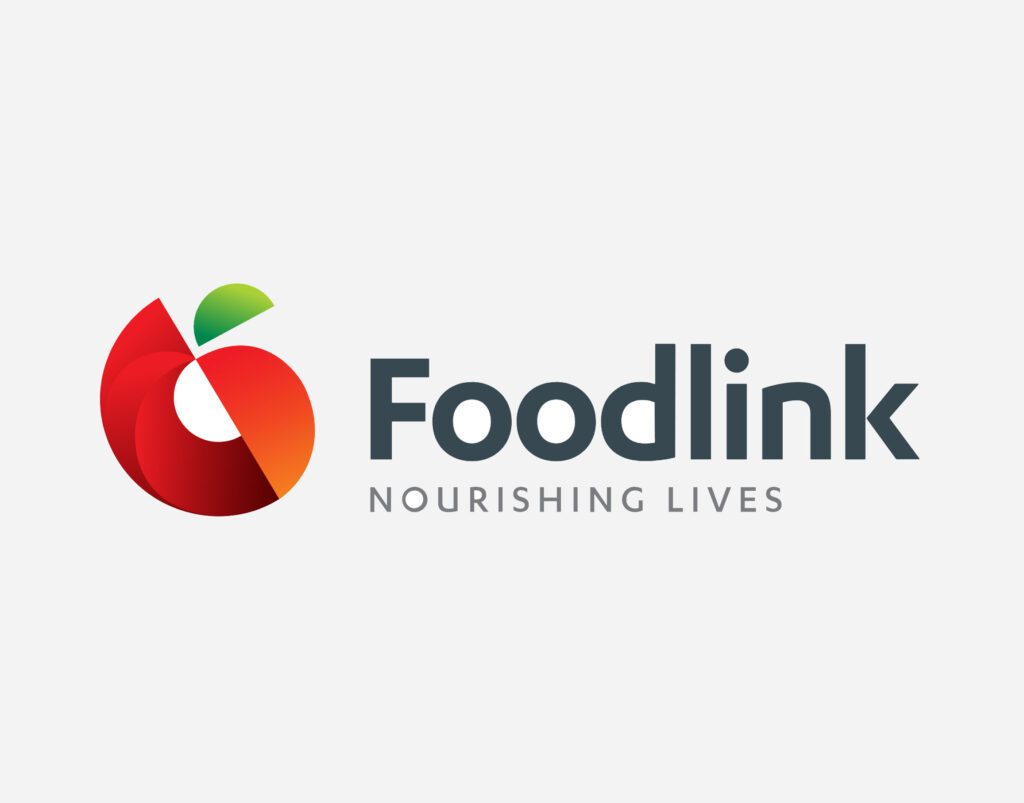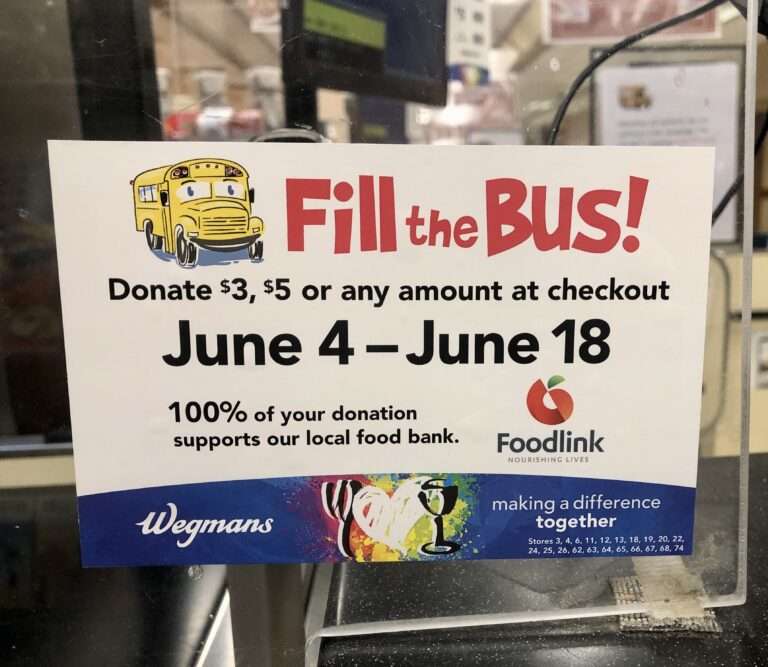
A recent story in the New York Times dug into the common misconceptions about so-called healthy foods in a typical American diet. Times staff used a polling firm to survey hundreds of nutritionists to gauge their opinion on foods that ran the healthy spectrum from quinoa to french fries. They then asked the same questions to everday Americans.
According to the study: “No food elicited a greater difference of opinion between experts and the public than granola bars. About 70 percent of Americans called it healthy, but less than 30 percent of nutritionists did.”
Granola (without the bar) also produced dissimilar reactions with 80 percent of the public saying it was decidedly healthy, while only 47 percent of nutritionists agreed. Other items, such as frozen yogurt, orange juice and American cheese, also produced varying results.
But what’s the deal with granola? We asked a pair of registered dietitians at Foodlink to react to the story and, specifically, share their thoughts on granola.
Alyssa Bennett, Foodlink’s Nutrition Education Manager, said there are healthy and unhealthy versions of many foods. With granola, however, the key is considering the ingredients (especially the amount of sugar) and the portion size. Typically, the serving size for granola is less than that of other cereals. One easy solution … make your own!
“Making homemade granola is a great idea because not only can you control what you put in it (your favorite nuts and dried fruit) but you can make a big batch and save money,” said Bennett, who also provided this homeade granola recipe from the Cooking Matters program. “I love to eat granola with berries or a sliced-up banana with low-fat milk or another form of dairy like low-fat yogurt or almond milk. That’s 3 to 4 food groups (dairy, fruit, grains, some protein with nuts).”
Laura Sugarwala, Foodlink’s Senior Manager of Nutrition & Food Safety Services, agreed that portion size and ingredients play a huge role in making a purchasing decision with granola as more and more manufacturers try to expand their “healthy” options with mixed results.
“The basic ingredients in granola and granola bars — oats and raisins — have fiber and vitamins,” Sugarwala said. “But combining these basic ingredients with corn syrups and other sugars means the food can end up being more like a dessert than a meal. Eating too much of these foods adds extra calories for the day.”
With recent help from the FDA and World Health Organization, the public has gained awareness for the “added sugar” found in many of our favorite foods. We are advised to limit our sugar intake to 50 grams per day.
“Granola is typically 10-18 grams of sugar per serving,’ Sugarwala said, “which means if you choose a serving of granola, remember to limit added sugars in other meals throughout the day.”






